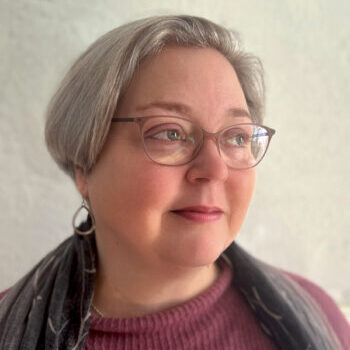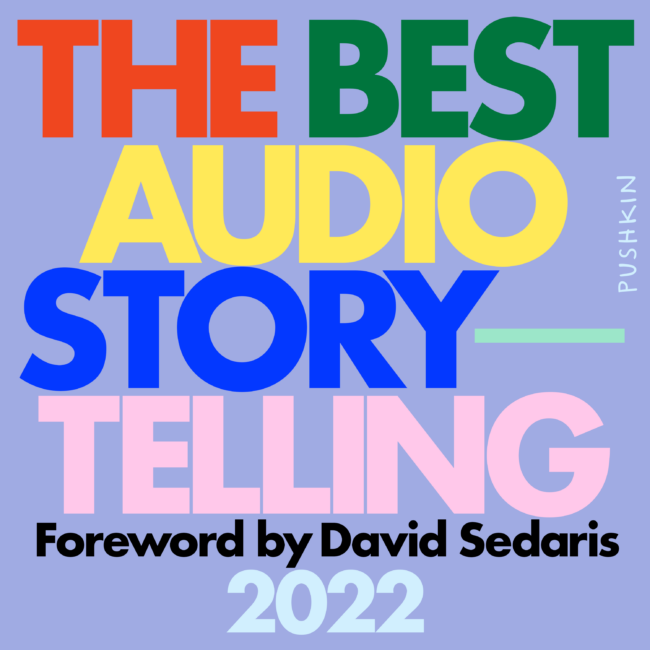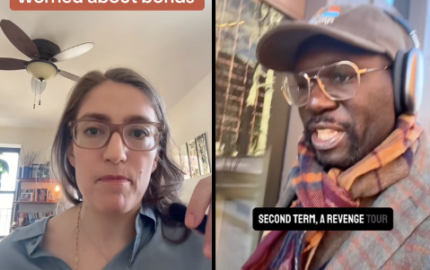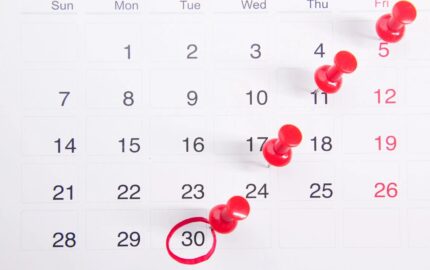EDITOR’S NOTE: A revival of the Storyboard series “Audio Danger” updates the craft of narrative podcasts and introduces a new best-of collection. This introductory post will be followed by four posts that analyze outstanding podcasts and interview the journalists who made them.
More than a decade ago, Nieman Storyboard started publishing an occasional column called “Audio Danger.” Here’s how it began:
Writers and video producers live in dread of the wandering eye. Audio producers live for it. That’s what makes us, in our secret hearts, troublemakers. We want you to lose sight of everything in front of your face: to stare through that dish in your hand, ignore your children, drop into a glazed-over trance of our making. Maybe don’t drive off the road, but please do miss a few exits or get stuck in your car. Good audio should be dangerous that way.
When I wrote that, I was a freelancer, struggling to find full-time work after getting laid off as a public radio editor in the recession of 2008-09. The type of audio stories I wanted to tell Storyboard readers about were the type that almost no one was paying for: documentaries, narrative audio essays, weird one-offs. There was some wavering hope on the horizon: Back in 2005, the New Oxford American Dictionary chose “podcast” as its word of the year. By 2012, Edison Research’s Infinite Dial survey of digital media users found that “nearly half of Americans are familiar with the term ‘podcasting.’”
But podcasting, when I started the Audio Danger series, was mostly an unpaid hobby. You could take creative risks with it, free from the constraints of broadcasting, but that wasn’t going to get you a job. When I wrote “good audio should be dangerous,” I honestly didn’t know if I was writing a love letter to the future of my profession, or its obituary.
Podcasting comes of age

It turned out to be the former. These days, I’m the executive editor of Pushkin Industries, where I’ve helped create narrative shows with the likes of nonfiction writers such as Malcolm Gladwell (“Revisionist History”), Michael Lewis (“Against the Rules”) and Jill Lepore (“The Last Archive”). I’ve also had the privilege of editing some of our audiobook originals, which have no print version and which unspool like long-form documentaries with interview or archival tape, scoring and sound design.
This is all to say, the decade-old Audio Danger series now feels like something of a time capsule from right before the podcast bubble started to inflate. Audio producers, at least in the U.S., have been able to pivot from complaints about not having enough outlets for their work, to complaints about not making insane truckloads of money. More importantly, listenership of spoken word audio continues to grow, expanding into formerly dormant forms of audio fiction, plot-driven genres such as true crime, comedy and opinion podcasts, and most astronomically, audiobooks, now one of the most profitable sectors of the publishing industry. The same Infinite Dial research that, 11 years ago, got us all excited about Americans knowing the word “podcast” now shows that 42 percent of American adults and teens have listened to a podcast in the past month, a new record.
The very thing that’s supposed to make our work “easy” — human speech — is what makes it very hard to do well.
But audio producers still face the same challenge: how to earn and keep a listener’s attention. Whether we’re trying to fit a feature into a three-minute hole in the broadcast clock or storyboarding a longform series, we ultimately come up against the same issue: how to unspool a story in a way that listeners can follow, often while their eyes are distracted by other things.
To meet that one central challenge, we have to put in the listening hours. We listen to raw tape, to the written narration that is supposed to tie it all together, to the notes from our colleagues, to the work of our mix engineers and so much more. Then every time we hear something that’s not working, we need to fix it and listen again. It’s time-consuming and expensive, as many of the new owners of podcast productions are finding out to their surprise.
That surprise — followed in due course by dismaying show cancellations and layoffs — is part of why I want to revive this column. Because unfortunately, a single wrong perception has only gotten worse with the mass-commercialization of audio: the perception that it’s “just talking.”
Creating the illusion of natural speech
The term “podcast” itself is part of the problem, since it can encompass everything from an uploaded voice-memo to unedited chat shows to a narrative series that takes years of reporting and producing. But the truth is, we all have a hard time categorizing that which we can’t see. And most of us do think of speech as effortless; it’s the ocean we swim in all day. Hence the dual fallacy that all forms of spoken-word audio are basically made the same way, and that they’re just not that hard to produce.
The opposite is true, especially when it comes to narrative, story-driven audio reportage. It takes a team, including producers, editors and engineers, to craft the illusion of natural speech’s flow from interviews, archival tape and written narration. We’re not swimming in the ocean of speech; we’re desalinating it, purifying it, bottling the results and putting fancy artwork on the bottles. Because listeners notice right away if they hear the artifice in our stories and errors in our audio mixes. The very thing that’s supposed to make our work “easy” — human speech — is what makes it very hard to do well.
We’re not swimming in the ocean of speech; we’re desalinating it, purifying it, bottling the results and putting fancy artwork on the bottles.
That all sounds like a bummer. But it’s overshadowed by the amount of great audio storytelling being made and listened to now. In the spirit of Audio Danger, we at Pushkin want to highlight audio stories that takes creative risks, that demonstrate solid craft, and that revel in the delight that only audio can deliver. So we’re publishing an audiobook anthology called “The Best Audio Storytelling: 2022.” I curated nominations from Pushkin staff and others of outstanding (non-Pushkin) podcast episodes, broadcast reportage, experimental pieces and more from the last year. In the spirit of other print-based “best of” collections, we want to use the audiobook form to break down some boundaries and show the wide range of English-language narrative audio our industry has produced in a single year. Before each entry in the collection, I narrate a short guide for listeners.
The audiobook collection rightly keeps its focus on the works themselves. Nieman Storyboard is the best place for a deep-dive into storytelling craft. And so I’m bringing back “Audio Danger” to feature some of the incredible stories in this collection. You’ll get a preview of some of the entries, and I’ll ask the creators about challenges they faced and the story-making risks they decided to take.
The seeds of this collection were really planted here at Storyboard more than a decade ago. I’m grateful for the chance to bring this column back. Our series starts just as “The Best Audio Storytelling” is available and continues with installments over the next few weeks. Nothing would make me happier than for new listeners to find the work inside and sense, perhaps, just a hint of danger.
* * *
Julia Barton is the executive editor of Pushkin Industries, following a long career in public radio. She helped develop “Revisionist History” and “Against the Rules,” among other chart-topping shows.



